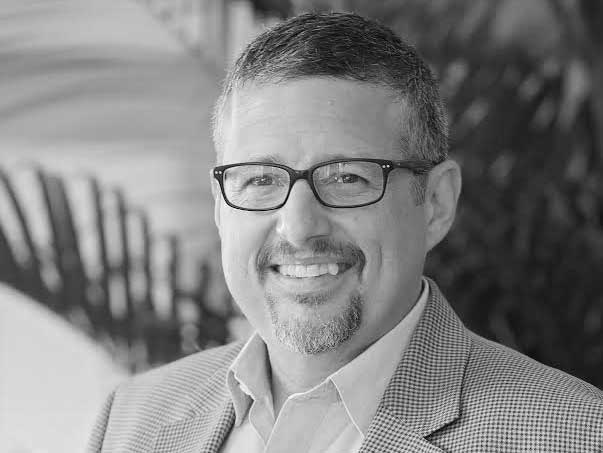
People & Performance Strategy’s Vice President, Curt Archambault, taught a class last week at the annual California HR Conference in Long Beach, California, an event created and curated by the Professionals In Human Resources Association (PIHRA). The California HR Conference (CAHR) is a hub of human resource content for professionals who either practice, or are responsible for HR management in California. Curt’s class, titled, High Functioning Teams Lead to High Performance! What is your plan?, brought insights on how we can work better in teams, given our individual strengths, weaknesses, communication styles and comfort with conflict.
Even though Curt’s class was the last one of the day, attendees packed the room. That’s evidence that better team relationships and more productive team collaborations are ideas high on the interest level of HR Professionals and companies right now.
Curt took the time to provide his thoughts on the nature of work at this present time and what it means for employees and companies.
1) What do you think the significance is in your teamwork centered subject matter that created high attendance at your class during this year’s CAHR Conference? Could it indicate a shift in the way companies get things done, I.E. more teams?
Per research done by Deloitte in their HR Global Trends reports for the last two years, and also the research completed by Google on the significance of teams, the days of hierarchical structures could be coming to an end. That being said, I think the attendance was high because everyone has been a part of a dysfunctional team and knows the impact. The opposite is true in that people have also been on amazing teams (though not as many), and have seen the result. In many cases, those amazing teams have been formed without intention but worked out. It is those team experiences that people want to replicate but they don’t understand how. They are looking for answers, processes, systems and models to help them accelerate the formation and function of a high performing team. People are complex and you can’t just say “you all are a team” and expect it to work out. Oh, and just telling people they “need to work better together” is not a training process. That is where deliberateness is needed.
2) Do you think the incoming workforce poses a challenge of their own as technology now enables less face-to-face interchange in regular life?
An interesting thought is that the Millenials and Gen Z team members, who are the largest part of the workforce, have been working in “teams” much of their lives. That is what they know but what they have missed is any training on “HOW” to work in teams. This is a huge challenge many companies are facing.
3) Why do you like covering the teamwork centered material specifically? Who can make use of this information?
Learning to have high performing teams and to be a better team member and a teammate are universal. Everyone is part of a team no matter how high in the organization you go. The programs we deliver are applicable to each and every person who attends. That is why I enjoy doing not only the presentations on this subject, but taking deeper dives either with individuals or intact work teams on moving to a high performing team. The immediate “ah-has” energize me as people are able to connect the dots not in theory, but in real-world situations. They can immediately apply what they learn back on the job. Now, don’t get me wrong…the material is easily understood, but the application takes diligence, resilience and perseverance…(that’s a lot of “ances”). However, when done…the pay-off is huge. The return on investment is amazing.
3) What is your hope for the American workforce and the leaders that are creating workplace environments today? Is it ever too late to turn the culture around?
It is never too late! Like with anything in life, it all starts with taking that first step. Leaders that recognize the importance of teams and teamwork, that understand that it is hard work and there will be some bumps along the way for sure, will prosper. There is great power in teams…they make better decisions and things are done quicker. When politics and wasting time on non-productive, “turf battles” are eliminated, the level of collaboration increases. I believe that higher collaboration will lead to increased innovation. High performing teams are also a hoot to be on. The meetings that these teams have are awesome and not to be missed.
Where does it all start you ask? That first step…having the vision to make teams a strategic initiative that will result in a competitive advantage. That is my hope for the workplace…people looking forward to spending time at work not escaping it.
Curt gives talks and teaches classes at various industry events throughout the year. Some classes come with continuing education credit for those in the HR profession. Follow Curt Archambault on LinkedIn and reach him directly at [email protected].
